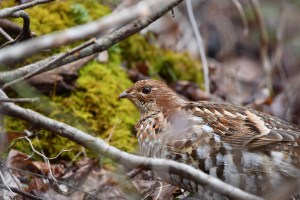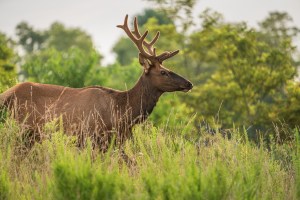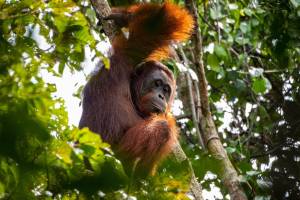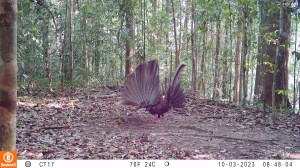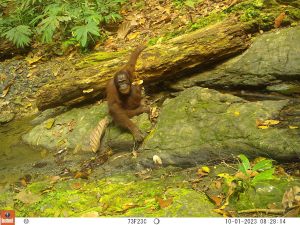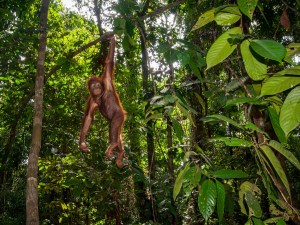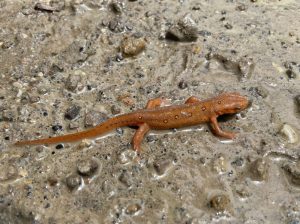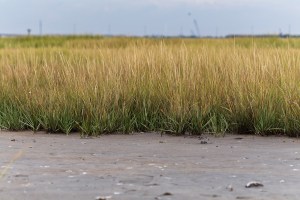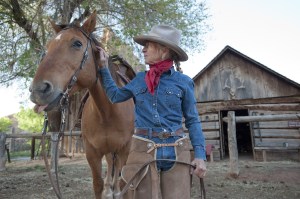Discover stories in Places We Work
A Partnership for a Healthier Appalachian Forest
Restoring a healthy Appalachian forest has many benefits, for wildlife and local communities.
The Overlooked Biodiversity of Appalachian Caves
The cave habitats of Tennessee and Kentucky have species that most will never see. Here are some of the unusual creatures found there.
Chasing Unicorns: A Photographer’s Journey Documenting Rhino Conservation
Photographer Ami Vitale travels to Kenya to cover the translocation of 21 endangered northern white rhinoceros to TNC partner Loisaba Conservancy.
Elk in the East: A View to a Dramatic Conservation Success
Elk once roamed across much of North America. After more than a century’s absence, they’re thriving in the Appalachians.
In Indonesian Borneo, A Hopeful Future for Orangutans
Well-managed forests and community involvement are changing the narrative for orangutan conservation.
Camera Trap Chronicles: Wildlife of Indonesian Borneo’s Forests
Camera trap footage from the Wehea Protection Forest in East Kalimantan reveals sun bears, great argus and more.
Camera Trap Chronicles: Orangutans of Indonesian Borneo
Orangutans spend most of their time in trees, but camera traps provide a glimpse of the apes on ground.
To See A Wild Orangutan
Happiness is running through the forest in Indonesia, in search of wild orangutans.
Seeing the Forest for the Community
Charting a new future for forest conservation in the Appalachians must benefit local communities.
Restoring Appalachian Forests After a Legacy of Mining
Shaping a resilient future for forests means a lot of planting. And a lot of ripping and tearing.
The Overlooked Carbon Storage Potential of Tidal Marshes
Tidal marshes may not build forests, but they do build soil. And in that soil they trap, deposit and secure carbon. A whole lot of carbon.
First Christmas & First Loss
This excerpt from A Cowgirl’s Conservation Journey tells the story of Heidi Redd's very rough first Christmas on the ranch.
